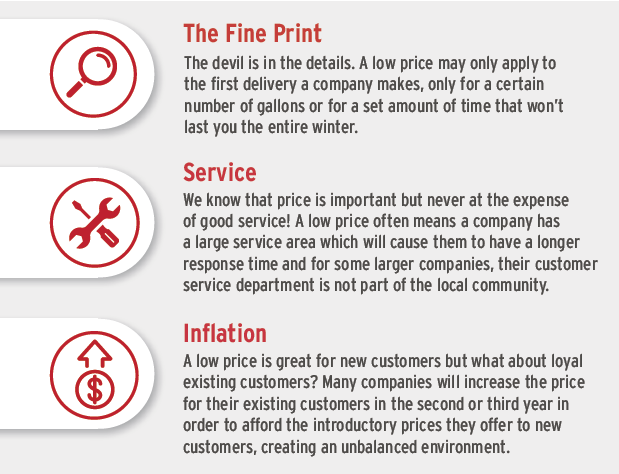THE BIOHEAT DIFFERENCE
There’s something wondrous happening in our industry – thanks to an increased focus on the environment, changing perspectives have led to technological advances and industry innovations for the fuels used to heat our homes – oil, propane, and natural gas. Perhaps the biggest advancement can be found in home heating oil’s transition to Bioheat®. This renewable energy source combines low-sulfur home heating oil with biodiesel made from surplus or byproducts of feedstocks such as used cooking oil, inedible corn oil, and more.
But how exactly does using Bioheat® translate to the environment?
1. It Reduces Greenhouse Gas Emissions:
Lower Carbon Footprint: Bioheat® blends with higher percentages of biodiesel (for example B20, which is 20% biodiesel and 80% heating oil) leaving a smaller carbon footprint since it is derived from renewable sources.
Carbon Dioxide (CO2) Reduction: Did you know the biodiesel used in the Bioheat® blends is considered carbon-neutral? The CO2 emitted when burning the biodiesel is offset by the CO2 absorbed by the plants used to produce it. And, by reducing the use of fossil fuels, Bioheat® contributes to a longer-term reduction in atmospheric CO2 levels.
2. It Uses Renewable Resources:
Biodiesel uses fuels from agricultural byproducts and other renewable sources, such as soybean oil, inedible corn oil, animal fats, used cooking oil, and canola oil.
3. It Decreases Air Pollution:
Bioheat® produces fewer microscopic particles and lowers sulfur emissions when compared to conventional heating oil, leading to improved air quality and a reduction in respiratory issues related to air pollution.
4. It Improves Energy Efficiency:
Using Bioheat® for your home heating system along with investing in new high-efficiency equipment can help reduce the overall energy demand and associated emissions.
















